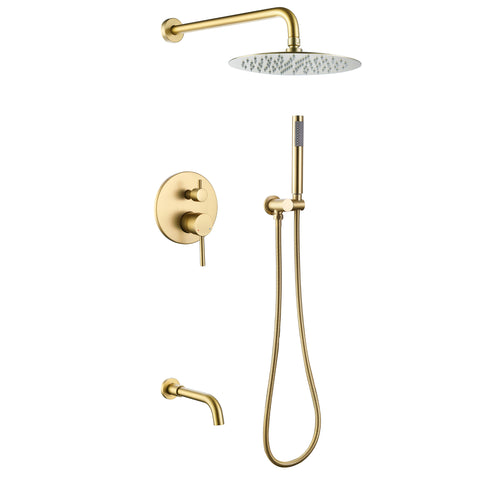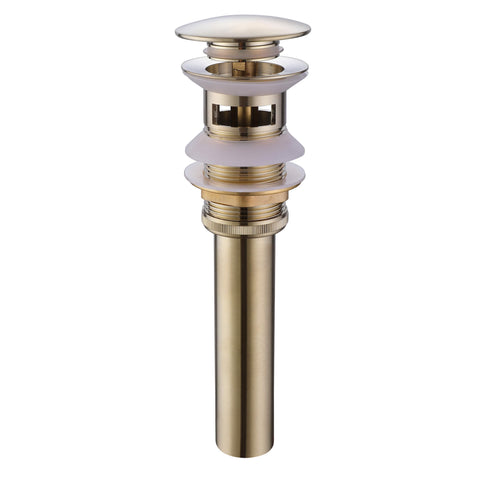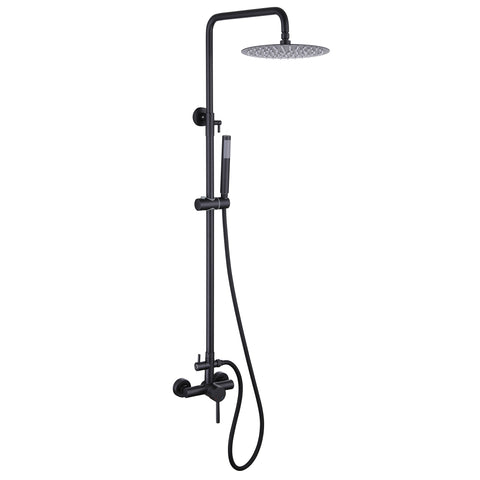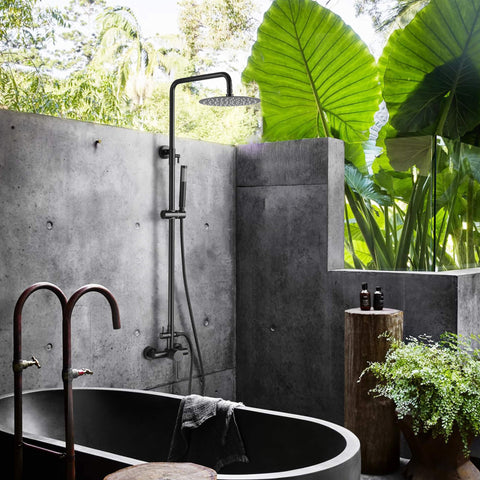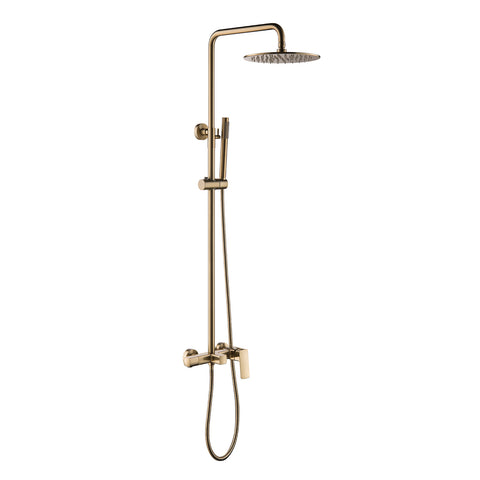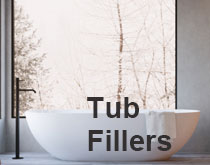How to Fix Low Water Pressure in the Kitchen Faucet?
One of the most common water problems for homeowners is the low water pressure in kitchen faucets, bathroom faucets and showers, and other outlets. To resolve this problem, determine the cause. Many problems, especially in the kitchen, are easy to solve and may not require plumbing service. But if you are looking for a kitchen upgrade then you are interested in the best kitchen faucet items.
The first step to solving the problem of low water pressure in kitchen faucets is to find out the extent of the problem. If there are problems with other outlets in the house, low water pressure is localized only in the kitchen. Water pressure indicates the force with which water moves through the pipe system. The water requirement can change during the course of the day.
If the water pressure is too low throughout the house, you need to be aware that you are in a neighbor-like situation. If so, it's probably a timing issue. If in this case the problem cannot be solved, then you need to install a water supply to spend cash and increase the pressure at the outlet. If the neighbor is happy with the water pressure, the problem lies elsewhere.
If you've recently started remodeling and added a water outlet to your home, the pressure may have dropped as demand increased. In this case, it may be necessary to increase the size of the water main.
Many homes have a pressure-reducing valve that regulates the pressure of the tap water in the home. Find yours. It is bell-shaped and is usually located at the waterline where it enters the house.
Adjust the settings. To increase the water pressure, loosen the screw at the top of the valve by turning it counterclockwise. Let the water flow again and check the pressure. Sometimes these valves can wear out and affect the water pressure of some or all of the faucets in the home. If you suspect this is the case, replace it directly or contact plumbing.
If a water pipe is leaking, the water pressure can drop. To check the system for leaks, turn off the main water valve. Check the value on the water meter. Please go back a few hours and check the meter again. If the number goes up, it means there is a pipe leak.

Check the aerator in the faucet
The aerator is installed at the end of the faucet outlet and acts as a restrictor to reduce water flow by adding air. It has many small holes that can become clogged with mineral deposits and sediment over time. This is the most likely cause of the water pressure problem and the easiest to solve.
- Remove the aerator from the faucet. Try unscrewing it by hand. This can be surprisingly difficult. You may need to resort to pliers. Glue plastic tape to the gripping surfaces to keep them from scratching the metal or alternatively use a cloth to protect the metal.
- If you cannot remove the aerator, you may need to attempt to remove any obstructions while the aerator is still attached. Pour the vinegar into a plastic bag and tie it to the end of the faucet for several hours. This should help break up some of the debris that is causing the problem.
- If you remove the aerator, you can put it in a bowl of vinegar and warm water for several hours. If it's still clogged after that, you can try cleaning it with a commercially available limescale remover. If this is not possible, you can replace the aerator. They are not very expensive.
- When the aerator is closed, turn on the faucet to see if the cause of the problem has been found. If the pressure is still very low after removing the aerator, the problem must be under the duct and you may need to call a plumber for service.
- After cleaning, rinse the aerator and tighten it again. Check the water pressure. When you have removed the mineral deposits and deposits in the aerator, you need to restore the water pressure.
- Use a faucet adapter to convert the aerator to a new fixture.

If your faucet has a sprayer, check that too
If your faucet is a standard kitchen faucet with a detachable sprayer, this can also cause water pressure issues. Check the hose barb remover. Turn on the water. If the pressure is sufficient, the nozzle is the problem and mineral build-up can occur. Clean the filter with vinegar and a warm water solution.
If neither the faucet cartridge nor the aerator is creating a vacuum, the faucet line may be clogged. Over time, your pipes can become clogged, especially in hard water areas. Mineral deposits accumulate in pipes. The deposits slowly choke off the water supply. Galvanized pipes, in particular, tend to accumulate dirt and sediment over time.
To check the pipeline, you need to open an access point to the pipeline. Unscrew the riser and put the tube back so as not to damage it. Place a bucket under the pipe to prevent water from splashing and turn on the water. Now you can check the water pressure in the line.

